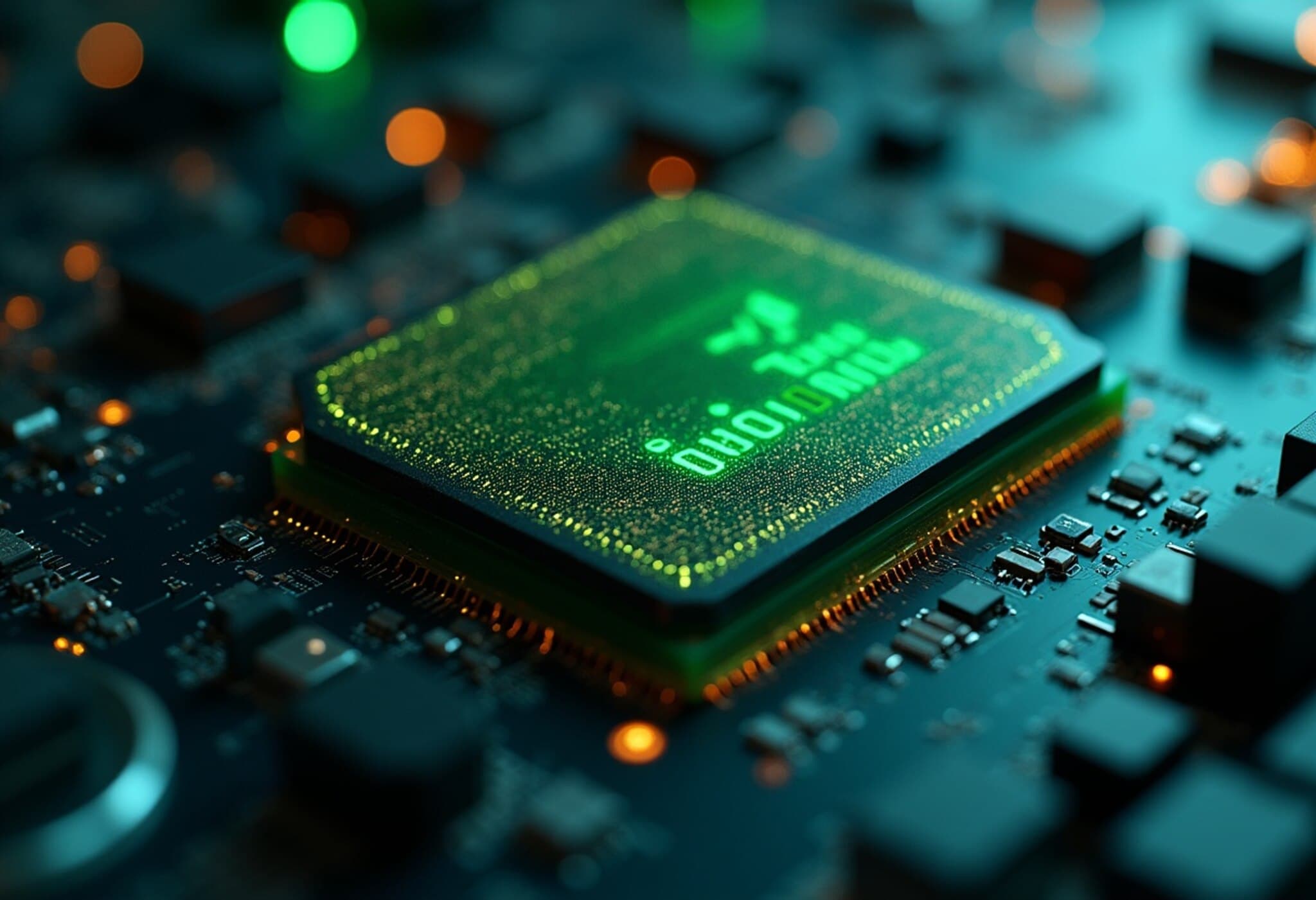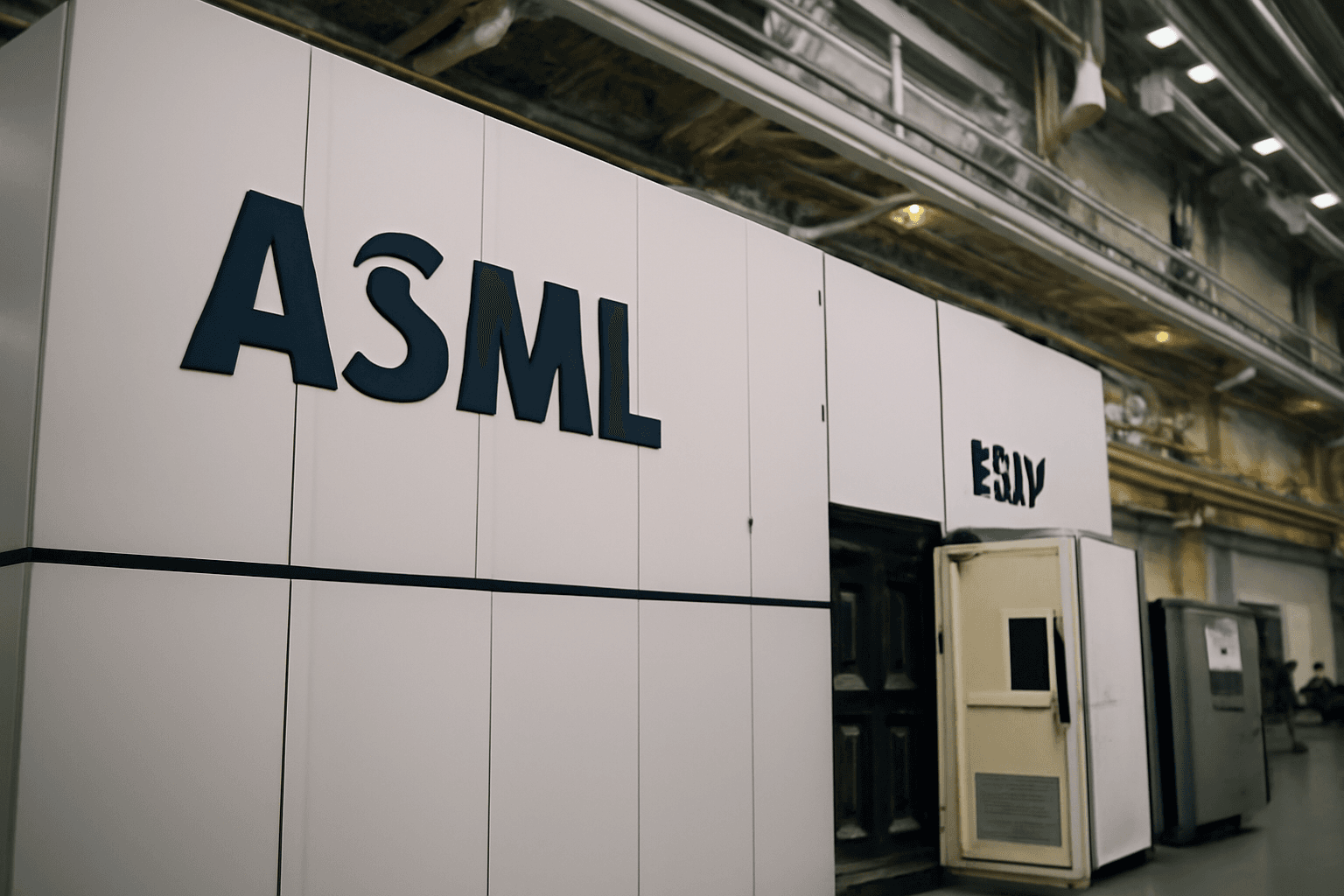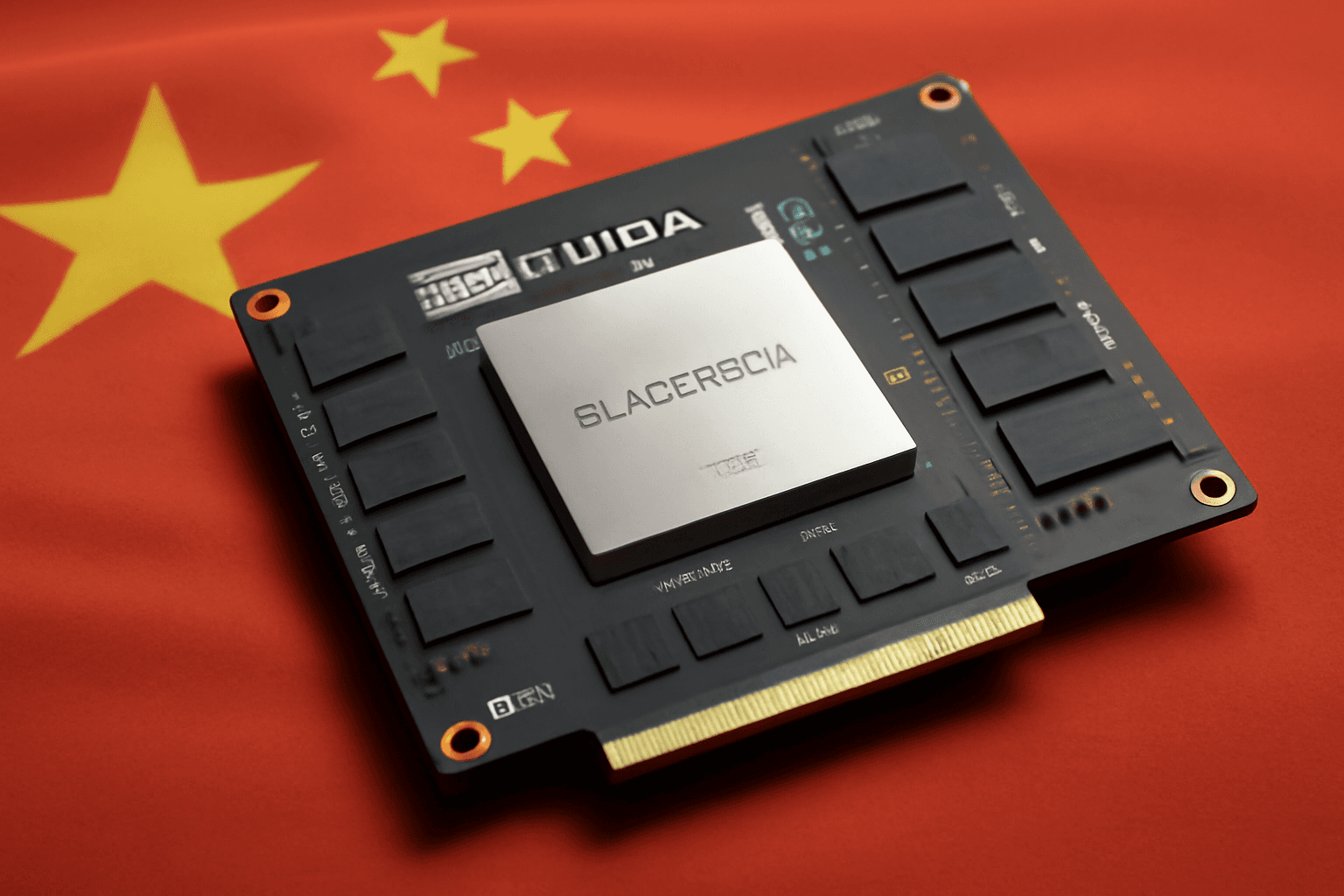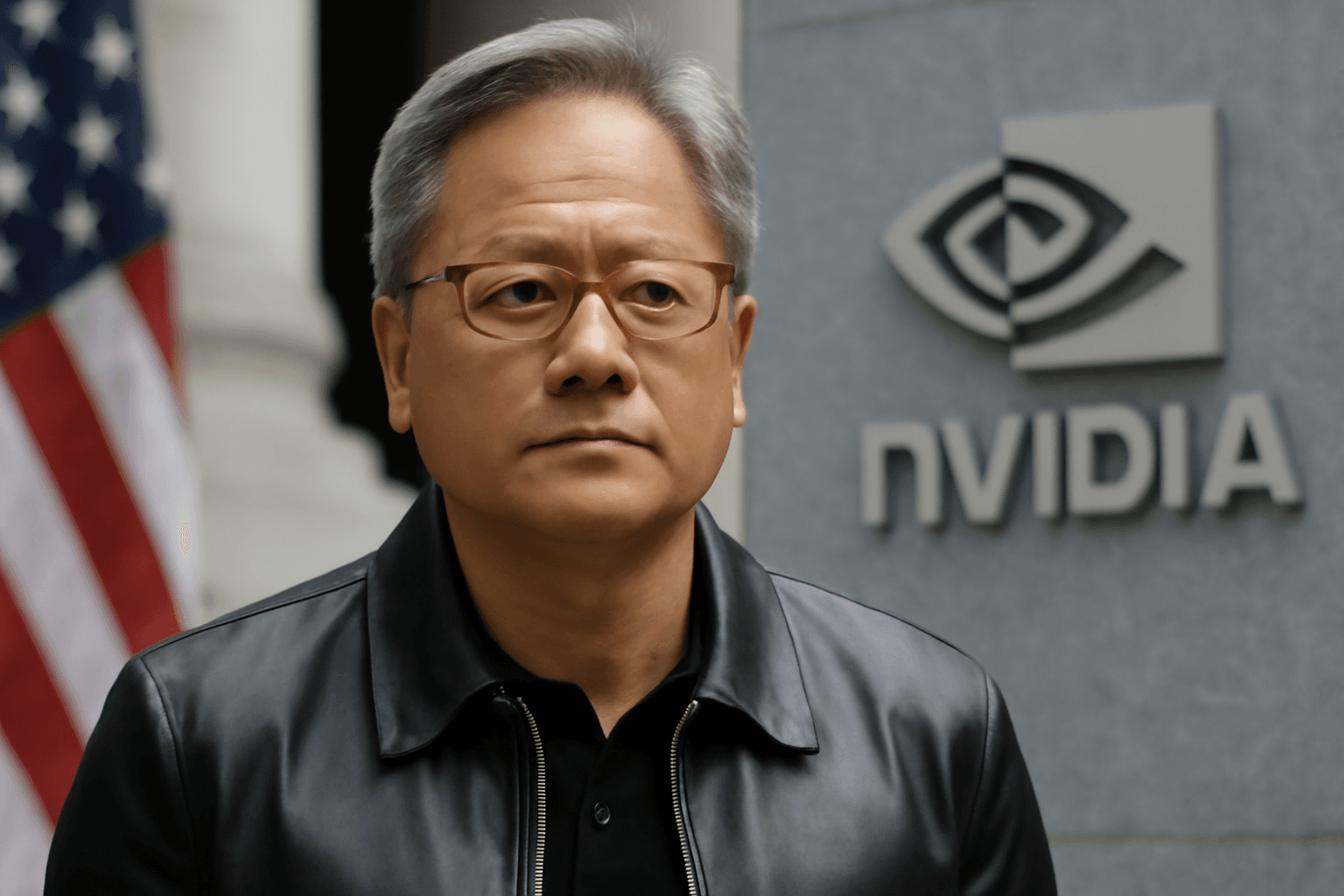Nvidia Posts Robust Q2 Earnings, Defies Concerns Amid Geopolitical Headwinds
Nvidia continues to solidify its dominance in the artificial intelligence (AI) hardware sector, recently announcing better-than-expected earnings and optimistic guidance that signals sustained demand for its AI infrastructure solutions. Despite some market jitters over sales data and geopolitical restrictions, the tech giant underscored its unstoppable momentum in the AI boom.
Strong Q2 Performance Highlights
- Adjusted Earnings Per Share (EPS): $1.05, surpassing analyst estimates of $1.01
- Revenue: $46.74 billion, beating projections of $46.06 billion
- Year-over-Year Growth: 56%, marking nine consecutive quarters with growth above 50%
This exceptional growth trajectory underscores Nvidia's role at the forefront of AI innovation, though the company did acknowledge that this quarter marked its slowest growth rate within the recent surge.
AI Infrastructure Sales and China Export Challenges
The company forecasted revenue for the upcoming quarter at approximately $54 billion, exceeding Wall Street expectations by a notable margin. However, this outlook assumes no sales of Nvidia's H20 processors to China, reflecting ongoing export control complexities and geopolitical tensions.
Nvidia CEO Jensen Huang previously revealed hopes to secure U.S. licenses allowing H20 chip sales to Chinese partners—a move anticipated to unlock up to $8 billion in additional revenue. However, the company confirmed no H20 shipments to China during the quarter, though it did benefit from releasing $180 million worth of H20 inventory to customers outside China.
Finance Chief Colette Kress highlighted the immense scale of AI investment underway worldwide, estimating that AI infrastructure spending could total $3 to $4 trillion by 2030. This figure suggests Nvidia is positioned to capture a considerable share of skyrocketing global AI hardware demand.
Data Center Segment Maintains Its Reign
Nvidia’s data center division continues to drive growth, accounting for $41.1 billion in revenue—up 56% versus last year, although slightly below StreetAccount's forecast.
- Compute revenue (primarily GPU sales) reached $33.8 billion, a slight decline from the previous quarter due to the absence of H20 chip sales.
- Networking sales soared to $7.3 billion, nearly doubling year-over-year as complex AI systems require increasingly sophisticated interconnect solutions.
Around half of Nvidia's data center revenue stems from major cloud providers, who are rapidly adopting the latest Blackwell GPU chips. Sales of these new-generation chips increased 17% over the first quarter, emphasizing Nvidia's cutting-edge technology advantage.
Expanding Frontiers: Gaming and Robotics
Although Nvidia’s data center business has eclipsed all others amid the AI boom, its gaming division still delivered a solid performance with $4.3 billion in revenue, up 49% year-over-year. Nvidia is now adapting gaming GPUs to support AI model processing on personal computers, blending two of its core markets.
The robotics unit, a lesser-known but strategically important segment, grew by 69% year-over-year to $586 million, pointing to emerging opportunities in automation and AI-driven robotics.
Shareholder Returns and Stock Performance
To reward investors, Nvidia’s board authorized an additional $60 billion in share repurchases with no set expiration, complementing the $9.7 billion already bought back in the recent quarter. While the stock dipped slightly after hours following the earnings release—partly due to cautious interpretation of data center results—it rebounded swiftly, underscoring strong market confidence in Nvidia’s AI fuelled growth story.
Expert Insights and Broader Implications
Nvidia’s outlook illustrates the tight link between U.S.-China relations and the global technology supply chain. The pause in China-bound H20 sales exposes how geopolitics can constrain even dominant tech providers amid the AI arms race. Meanwhile, Nvidia’s forecasted multi-trillion-dollar AI infrastructure market signals a paradigm shift in technology investment that policymakers and businesses alike must carefully navigate.
From an American economic policy perspective, Nvidia's growth highlights the importance of maintaining leadership in critical semiconductor technologies while anticipating the complex challenges of export controls and global competition. The company’s hefty investments in networking hardware and innovative GPUs underscore the growing interdependencies of AI ecosystems.
Looking ahead, questions remain about how rapidly geopolitical frictions might ease or intensify, potentially reshaping AI supply chains worldwide. For consumers and enterprises relying on AI advancements, Nvidia's strategic maneuvers will be pivotal in defining the pace and accessibility of AI-powered innovations.
Editor’s Note
Nvidia’s latest earnings report captures a moment of robust growth fueled by artificial intelligence, yet shadowed by geopolitical complexities. As the company edges closer to unlocking China’s massive market, the broader global AI landscape hangs in balance—highlighting the intersection of technology, policy, and economic power. Investors, policymakers, and tech enthusiasts should watch closely how Nvidia navigates these crosscurrents, which will shape not only corporate fortunes but also the future trajectory of AI innovation on the world stage.



















